Three weeks after undergoing ACL surgery on my right knee, I was lying in bed, scrolling through TikTok, doing quad sets, and trying to lift my leg. Suddenly, a video appeared on my feed discussing how women are more prone to ACL injuries, especially in sports like basketball and soccer. As a female soccer player who had just torn her ACL, this caught me off guard and sparked a deep dive into Google searches and countless articles. One question kept coming to mind: Why had no one ever told me I was at a higher risk for this injury? Not a single coach or doctor had ever mentioned it.
Besides the pain in my knee and a subtle headache from the medication, I felt angry. A million “what ifs” kept bouncing around in my head: What if someone had told me? Would I have quit my sport? Would I have started doing strength training at the gym?
At the end of the day, all the things I should have done might have kept me from ending up stuck in bed, doing endless quad sets, instead of being out on the field with my team.
Now, as a journalist, I believe it’s my responsibility to inform those who read this, especially female athletes, who are 2 to 8 times more likely to tear their ACLs. Here’s what female athletes should know about why they’re at higher risk and what they can do to help prevent these injuries.
Firstly, women are more prone because of their anatomy. Women typically have wider hips than men, which causes the knees to angle inward more. This alignment affects the knee joint and can increase the risk of ACL injuries during movements like jumping, pivoting, and landing, all common in soccer, basketball, and lacrosse.
Not only that, but biomechanics, defined as the study of how muscles, bones, and joints work together to create movement, also plays a role. Women tend to land in a more upright position, with straighter knees and less core activation, the ideal position for an ACL tear.
In addition, the craziest information I learned was that the stage of the menstrual cycle impacts the probability of an injury. Research done by the National Library of Medicine shows that the elasticity of collagen, a key protein in the knee, is impacted throughout different stages in the menstrual cycle. Essentially, during the follicular phase (days 7-11) and around ovulation (days 12-16) of a cycle, collagen within the knee becomes more lax or flexible, making the ligament less stable. This increased laxity can lead to a higher risk of joint injuries like ACL tears, especially during high-impact or twisting movements.
Female athletes should be aware of these factors, but they shouldn’t be discouraged from participating in sports because of them. Instead, the focus should be on prevention. It starts with coaches and parents who play a key role in encouraging and implementing proper strength training, like quad, hamstring, and glute-focused exercises. It also means regular stretching routines in training sessions, which can prevent injuries from happening in the first place.
Learning these shocking facts sparked another question for me: Were coaches and parents even aware of the increased risk? It made me realize that this information wasn’t common knowledge. In fact, it had taken me multiple searches and sifting through various articles to figure out the information I have now. You would think that an injury so serious that it could end seasons would be common, public knowledge.
Ultimately, the responsibility for the lack of knowledge surrounding ACL injuries in female athletes falls largely on sports medicine research institutions. Despite women making up nearly 50% of all athletes, only about 6% of sports injury research focuses specifically on women. The disparity in sex-specific research prevents the development of effective prevention and treatment strategies tailored to female athletes.
If more research were dedicated to understanding the unique risk factors women face, coaches and athletes could be better informed about the causes, prevention, and treatment of ACL injuries. This gap in research reflects a broader issue of gender bias within the healthcare and sports science communities. The lack of representation of female athletes in injury studies shows a clear disregard for their health and performance.
Female athletes deserve the same level of care, attention, and scientific research as their male counterparts. Addressing this imbalance isn’t just a matter of fairness, it’s a necessary step toward reducing injury rates and improving outcomes for half the athletic population.
Even though the injury has already happened to me, I still deserve the research, and so does every other girl who plays a sport. We deserve to be treated like we matter. I may be just one girl from the suburbs of Illinois and I may not an elite athlete, but that doesn’t make me any less worthy of consideration and research. Every female athlete deserves to be seen, supported, and protected.


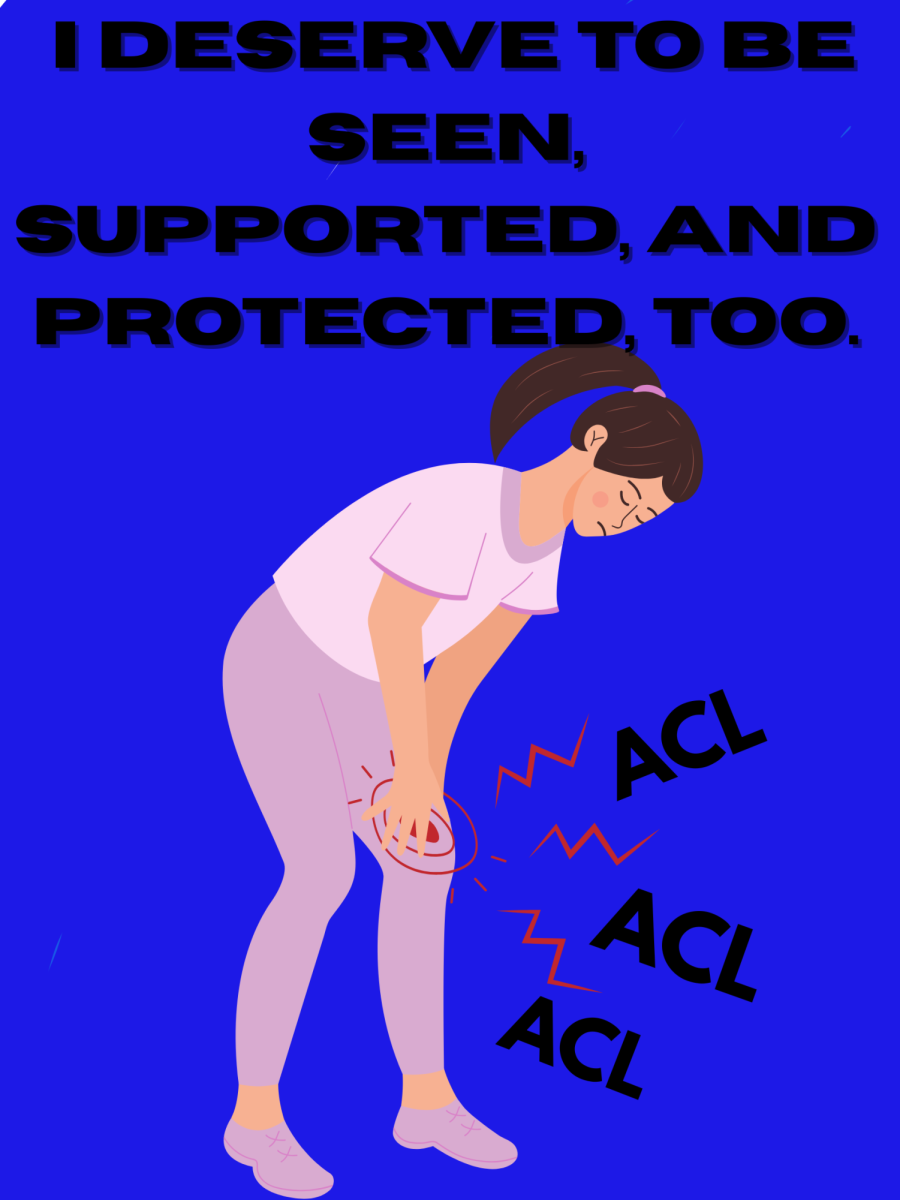

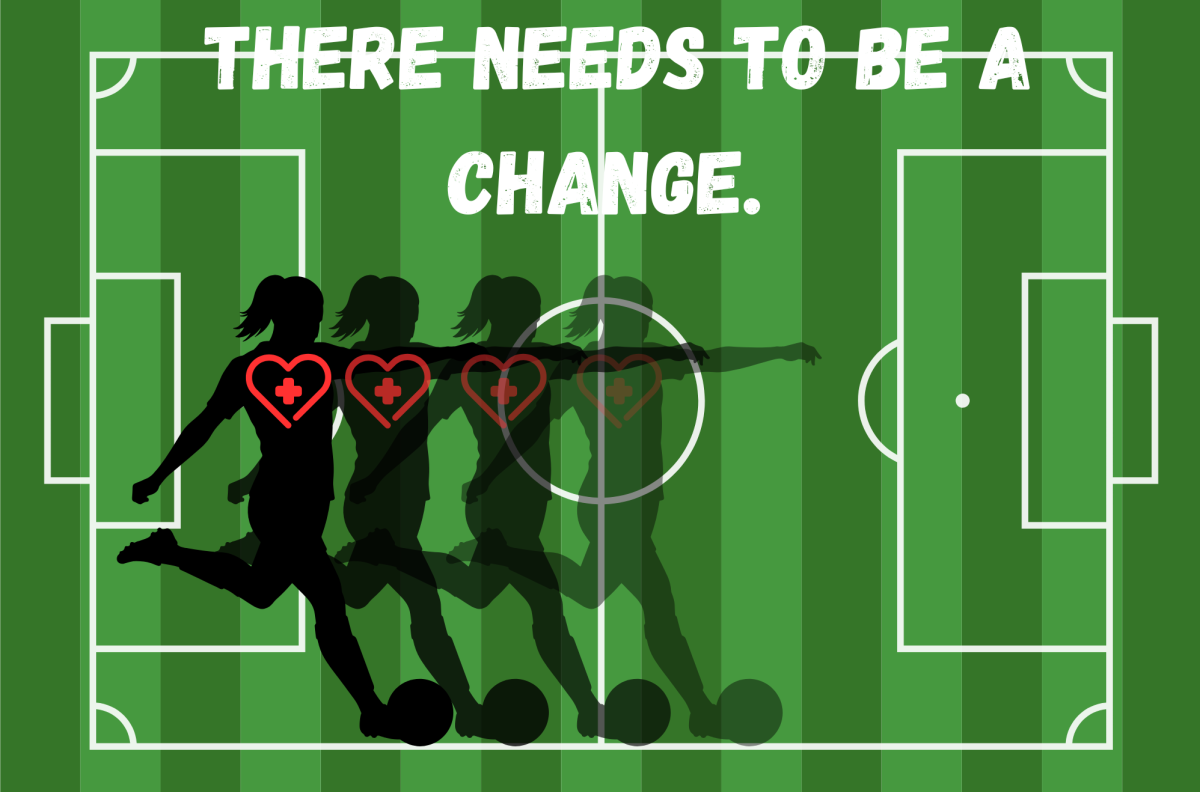
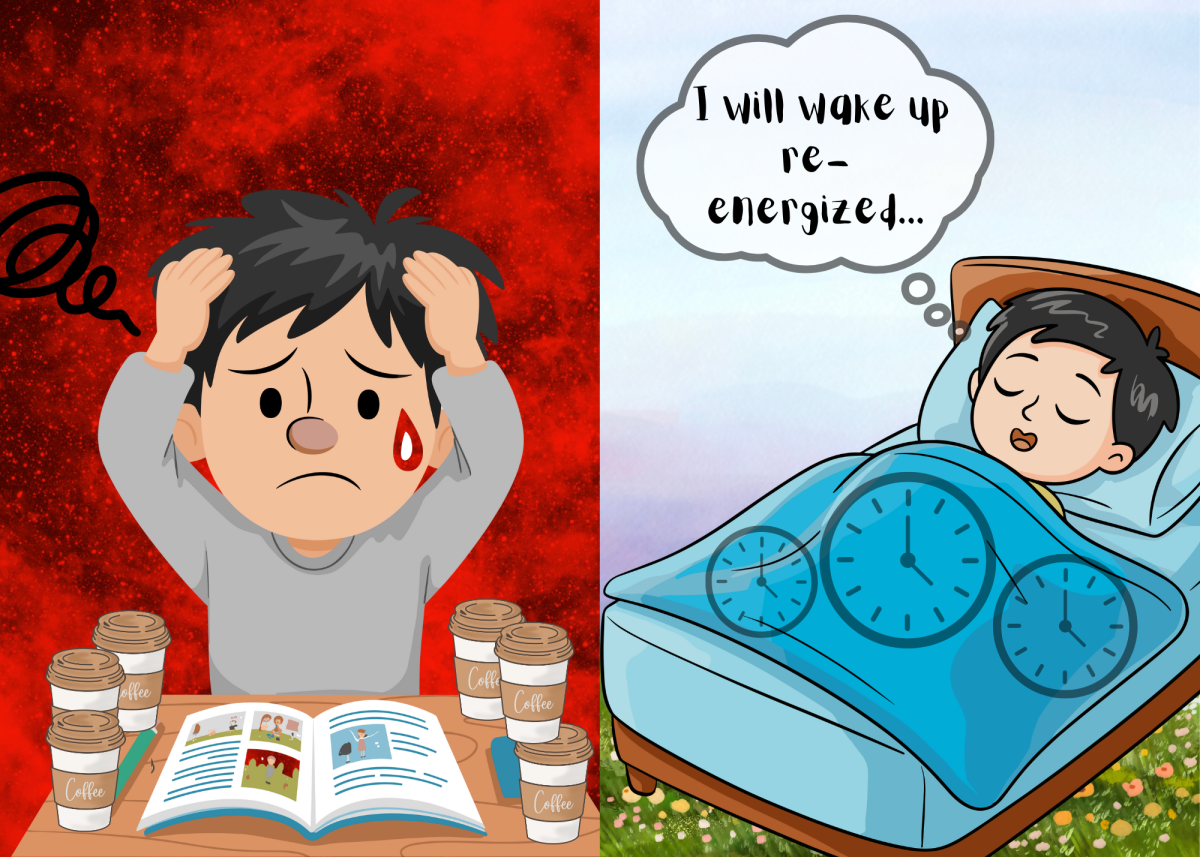
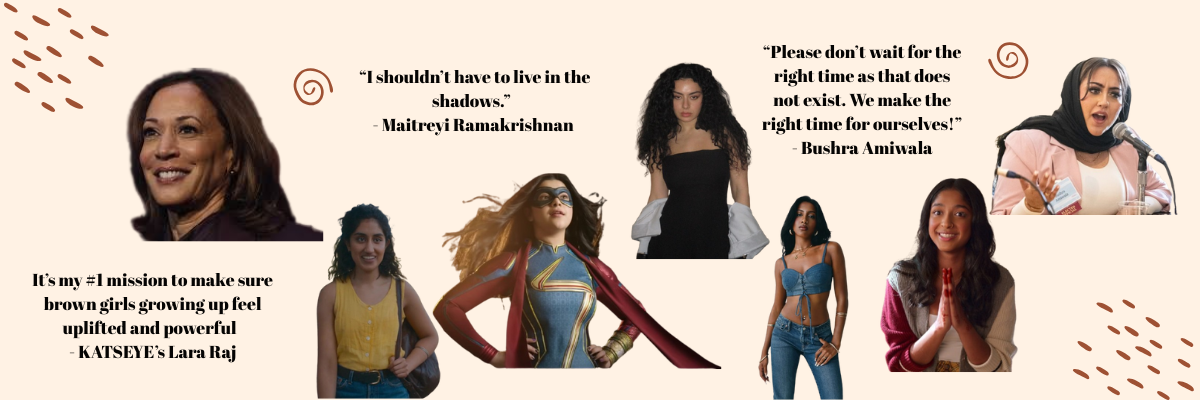
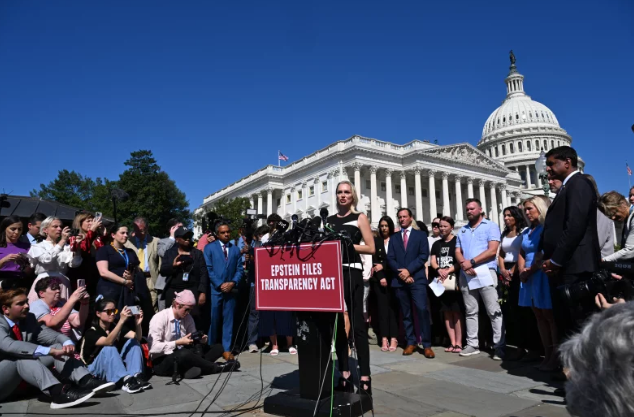
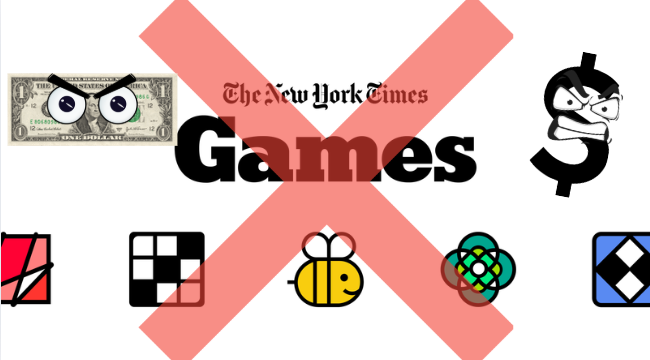

Nancy Slagg • May 19, 2025 at 10:28 pm
Well done Ms.Slagg! Your article was well researched, well written, and shines a light on an important issue. It will inform other female athletes of risks, as well as some solutions to a problem you came to know too well!